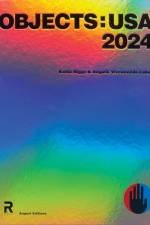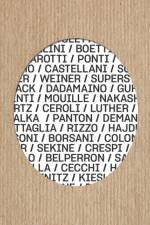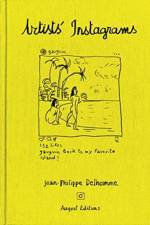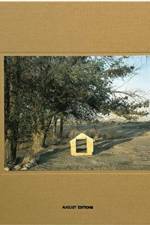av Angelik Vizcarrondo-Laboy
667
The design gallery's latest triennial celebration of US-made objects that straddle art, design and craftR & Company's landmark triennial exhibition and accompanying publication, Objects: USA, returns in 2024, featuring 55 makers from across the United States whose works blur the traditionally understood boundaries of art, design and craft. The exhibition's curators and the book's authors, Angelik Vizcarrondo-Laboy and Kellie Riggs, have organized these works into archetypes that engage with makers' intentions and driving interests rather than categories related to medium, proposing a new conceptual framework for understanding 21st-century objecthood. The book includes a preface by R & Company principals Evan Snyderman and Zesty Meyers, an introduction by curator Glenn Adamson, an essay by the authors and richly illustrated profiles for each of the featured artists.Artists include: Venancio Aragon, Richard Chavez, Jason McDonald, Ryan Decker, Wally Dion, Nik Gelormino, Joyce Lin, Linda Lopez, Luam Melake, Anina Major, Kim Mupangilaï, Jordan Nassar, Jolie Ngo, Cammie Staros, Matthew Szösz, Norman Teague, Lonnie Vigil, Mallory Weston.









